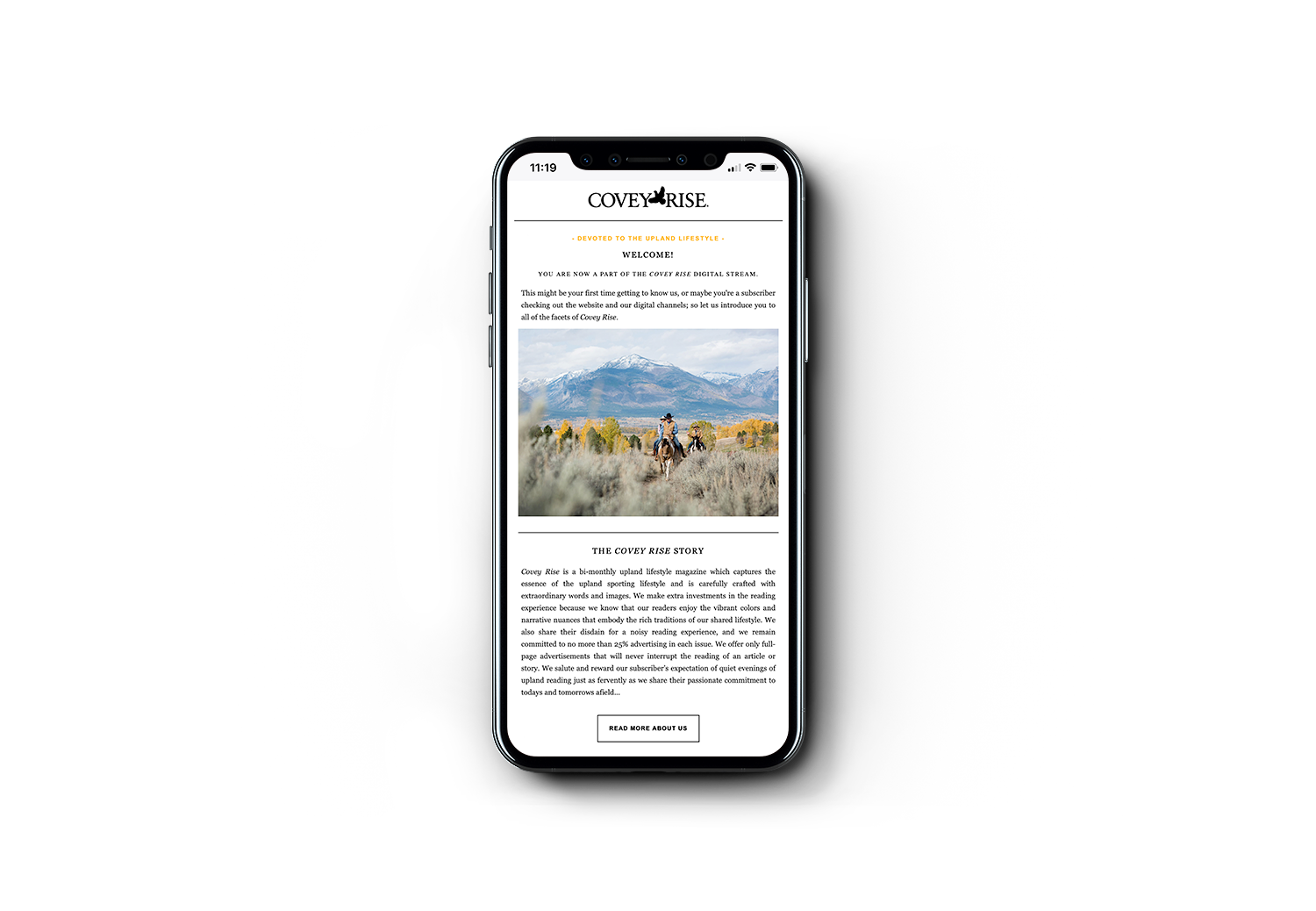Beginnings and endings, beginnings and endings—these are all most folks remember in life. You remember your first day on the job, for example—when new colleagues giggled because you wound up in the copy room instead of the conference room? You remember your last day, too, the one when you walked out the front door with a box of personal belongings and maybe a plaque commemorating your service. The majority of what happens in between the start and finish—well, that’s what gets forgotten.
Hunters with bird dogs don’t fall into that pattern because we have so many high points in our dogs’ lives. When we look back on the years and the dogs, we go through a mental highlight film. Remember that time Rowdy nailed the grouse? Or Rebel’s fi_rst bird? Or Albert’s water retrieve? The list goes on and on—mostly because that’s the way it is. I like to think of the name Fido as being a derivative of the Latin fidelis, which would mean Fido comes from fidelity. I like that, whether it’s true or not. I bet you do, too.
I wasn’t around for Bonnie’s first woodcock point, but I sure was for her last. She is a blue belton setter, maybe 45 or 50 pounds with a gorgeous dappled face and a long, wispy tail. She was the product of a disciplined Oldfield breeding program established by my friend Ed Belak. Back in the day, Ed was one of the guys whom writer and setter man Corey Ford took under his wing, and the initial genetics for Ed’s dogs came from Earl Twombly’s setter line.




